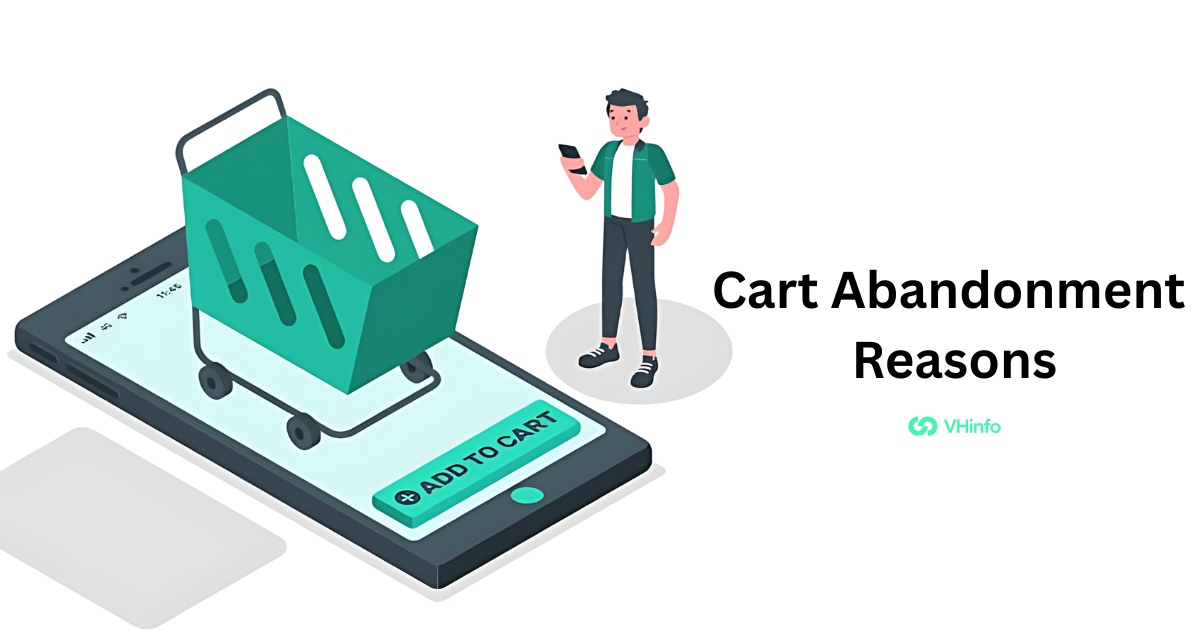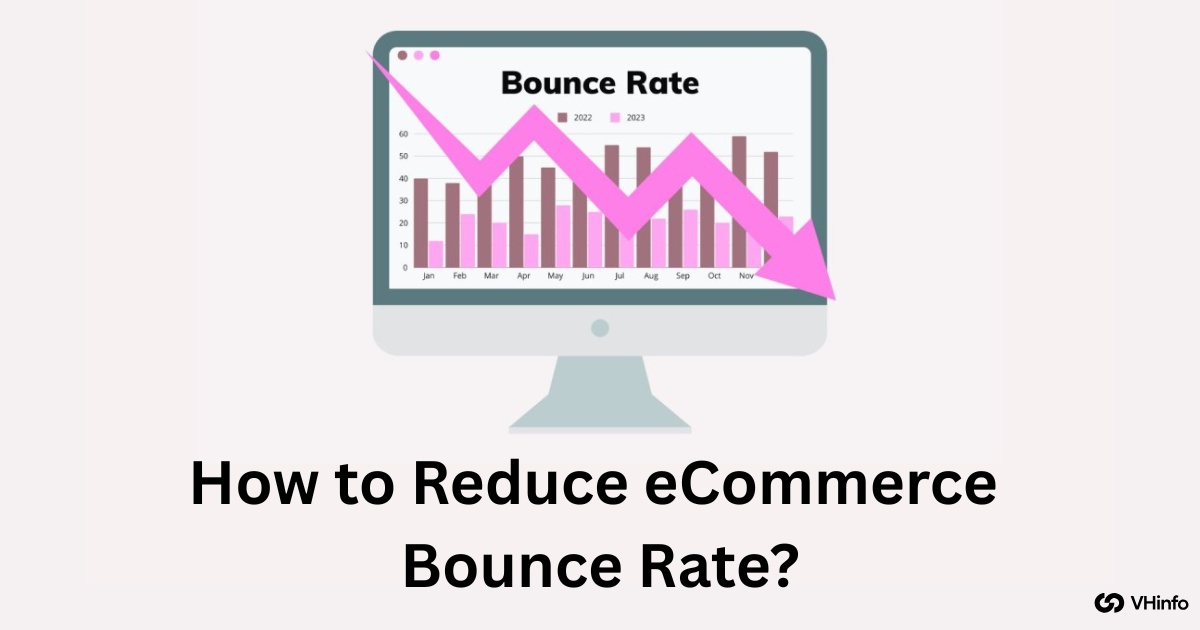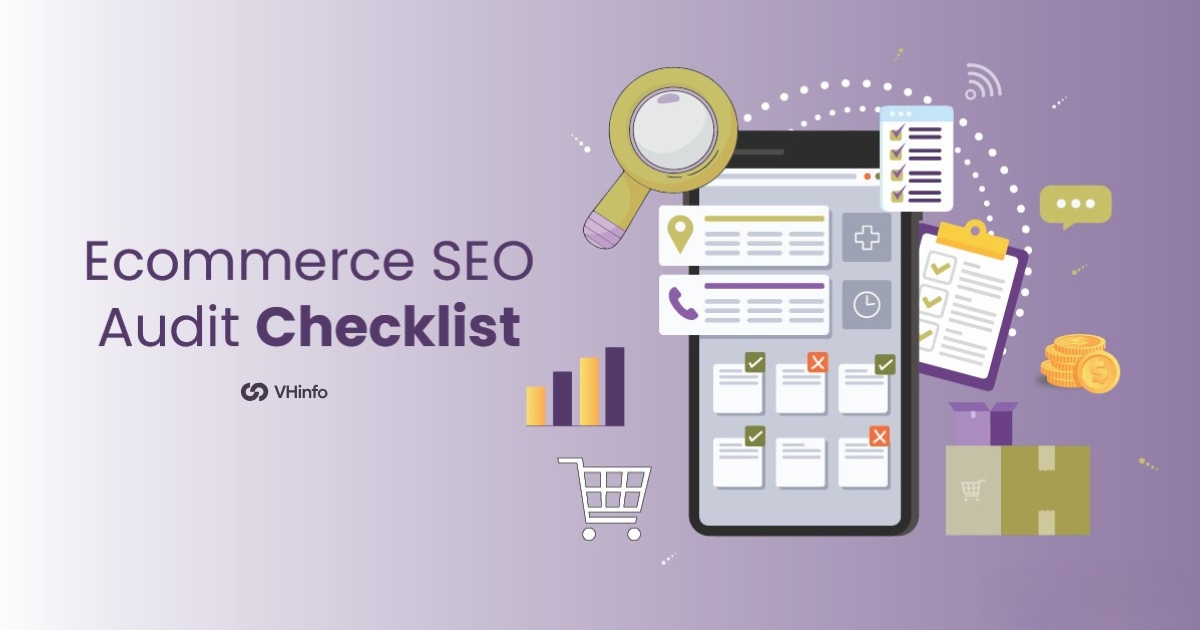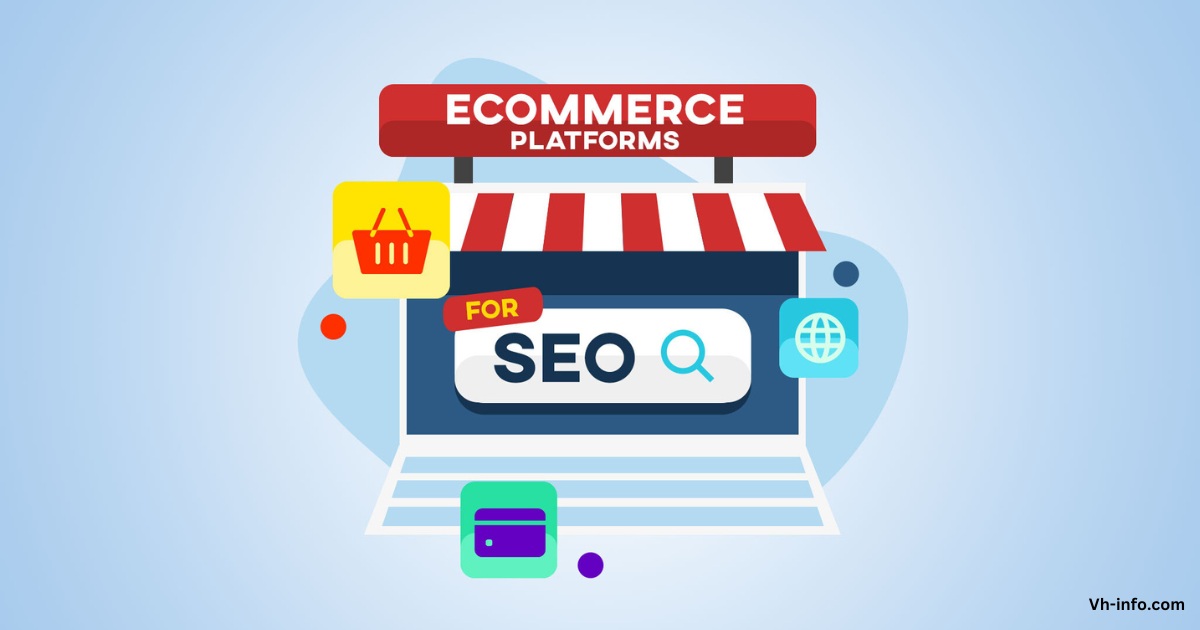
10 Cart Abandonment Reasons & How to Fix Them For E-Com Stores?
Cart abandonment occurs when online shoppers put items in their cart but leave without buying. This high rate of abandonment

10 Cart Abandonment Reasons & How to Fix Them For E-Com Stores?
Cart abandonment occurs when online shoppers put items in their cart but leave without buying. This high rate of abandonment

How to Reduce eCommerce Bounce Rate : Quick & Easy Guide for 2025
Website success in ecommerce depends on keeping visitors engaged and guiding them toward making purchases. One key metric that shows

Ecommerce SEO Audit Checklist : Steps & Checklist to Do it Right
When you run an online store, it is hard to stand out. The digital market is very crowded. Each day,

Is Dropshipping Illegal? Best Guide For Aspiring Entrepreneurs
Running a dropshipping business lets you launch an online store with lower upfront costs and no warehouse space. As a

Best Ecommerce Platform For SEO (That Will Help You Rank Faster)
Selecting the best ecommerce platform for SEO is the first step toward building a successful online store. Your choice of

Best 10 E-commerce Platforms – Pro & Cons
The world of e-commerce is booming! In 2024, retail ecommerce sales globally reached $5.7 trillion according to Statista research and

Shopify VS WordPress: Which is Better for E-commerce in 2024?
These days when the world is so digitalized companies compete for attention by being visible online. Businesses must maintain their

Segmentation Strategies in Marketing: Key to Success
Are you struggling to find a target audience for your marketing campaigns? Market segmentation is the key to success! It

Is Affiliate Marketing Legit? Scam? Find Out Now!
Affiliate marketing is a powerful way to make money online. But with so many scams out there, it’s hard to
WHAT WE
3rd floor, VHinfo, QRXG+CG9 Capital Market, Canal Rd, chokdi, Ravapar, Morbi, Gujarat 363641
VH-info © 2025 | All Rights Reserved